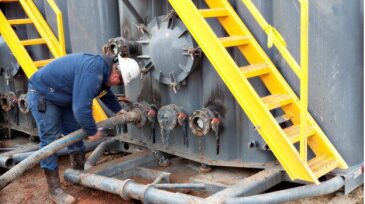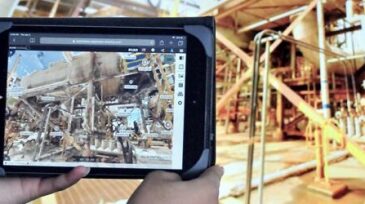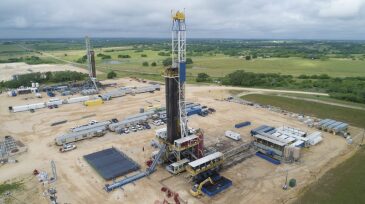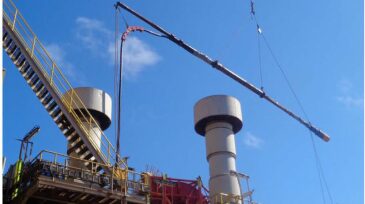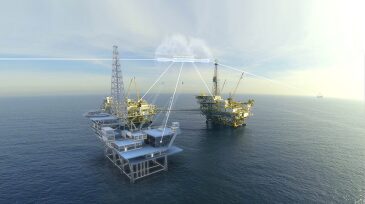Digital oilfield
Weatherford International plc announced a strategic agreement with Amazon Web Services (AWS) to advance the company's digital transformation and drive innovation across the energy sector.
The authors of this paper describe a project to develop a virtual sensor to monitor the cooling effect downstream of a subsea choke to avoid hydrate plugs during cold-start operations.
This paper describes the operator’s digital-twin end-to-end production system deployed for model-based surveillance and optimization.
-
A test showing that it’s possible to automate the billing process for produced water hauling has opened the door for tracking a wide range of field activities. The industry downturn brought on by COVID-19 has motivated big companies to test practical applications sooner.
-
Three-dimensional seismic technology helped unlock more subsurface secrets for oil and gas operators. Now, 3D technology can be used in scanning, a cutting-edge technology that engineers can use to plan upgrades to oil and gas assets virtually.
-
Greg Leveille said he is optimistic that the shale sector will be able to bounce back from its second downturn in 5 years. The trick this time, he says, will be not just investing in new digital technologies but putting them to work.
-
A new tool developed by Kosmos Energy is allowing the exploration and production company to keep better track of the effect it is having on the environment.
-
The future of intelligent operations in our industry is being driven by advances from other sectors that have been embraced for petroleum applications. Foundational changes already taking place include advances in the type and volume of data being acquired and how the data are used.
-
Artificial intelligence is already part of the work done in an office near you, and, before you know it, it will be in your office as well. Gaining familiarity and an understanding of it will serve you well.
-
The future of intelligent operations in our industry is being driven by advances from other sectors that have been embraced for petroleum applications. Foundational changes already taking place include advances in the type and volume of data being acquired and how the data are used.
-
The complete paper presents a discussion of the use of intelligent well completion in Santos Basin Presalt Cluster wells.
-
In partnership with TechnipFMC, DNV GL opened a pilot project for the international collaboration of operators and the supply chain. Many digital twins represent an asset’s initial form and struggle to reflect developments in their physical counterparts as the asset matures.
-
Edge—or, in-field, device-level—computing is being driven by the need for data from individual wells to be analyzed and processed at the wellsite instead of in data centers for early and accurate decision making.




